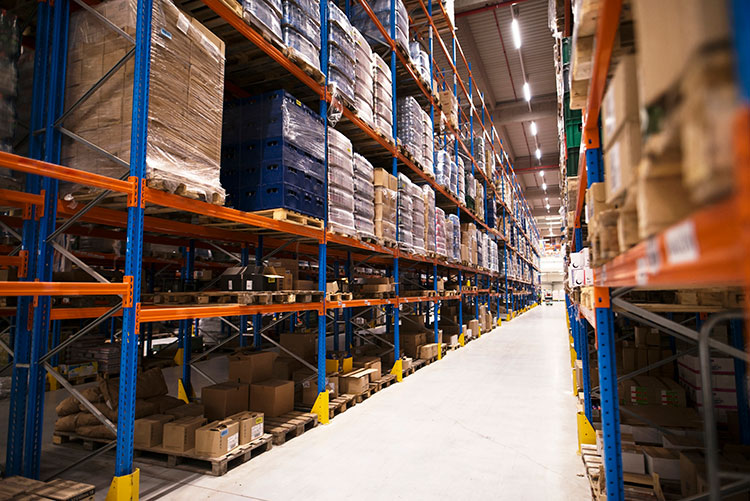
Warehouses are often the centre of a company’s enterprise, depending on the nature of the business. Whatever a firm’s niche, warehouse safety must be a top priority, especially when many employees work in a huge area with heavy and potentially dangerous equipment, such as large machinery, shelves and racking, and stacked pallets.
Of course, warehouse staff wellbeing is the focal point and of utmost importance; however, there’s also a sobering financial factor at play. Shockingly, an HSE survey revealed the estimated burden of injuries and illness from working conditions is a whopping £14.3 billion, with warehouses playing a major role in that figure.
To help reduce the prevalence of workplace incidents and enhance warehouse safety, consider the following tips, which shed light on several areas that could need improvement at any given site.
1. Design the Area with Wellbeing in Mind
Warehouse work usually entails carrying heavy items, which can put significant strain on employees’ bodies – backs and shoulders in particular.
As such, it’s important to use warehouse space to their advantage in this regard; designing the area to reduce the number of times workers have to bend, pick up items, twist, and reach can help alleviate injury risks stemming from manual labour.
2. Focus On Forklifts
The issue of forklift safety extends globally; the Occupational Safety and Health Administration (OSHA) states that a hundred warehouse employees are killed while 95,000 suffer injuries annually when operating forklifts.
With this in mind, aisles and loading docks must be kept clear to enable forklifts to move around the warehouse, driven by trained forklift operators who are fully qualified and certified to operate these machines.
Furthermore, all floors need to be visibly marked out to allow forklift drivers to navigate the warehouse safely – particularly in congested areas – which is merely one of the numerous reasons you should implement line markings in such a busy hub of commercial operations.
3. Eliminate Falling Hazards
Warehouse operatives tripping and slipping is also a huge yet preventable issue giving way to a large percentage of injuries. Given the high incidence of trips and slips, controlling these key aspects of a warehouse should help eliminate unnecessary risks:
- Obstacles such as steps, ledges, and ridges
- Liquids and spills
- Floor obstructions, like boxes, pallets, and packaging
Implementing protocols to keep on top of these hazards is vital as they pose serious safety threats. It’s also important to encourage staff to report these issues immediately and, when appropriate, resolve them if they are trained to do so.
4. Have a Health and Safety Policy
A health safety policy not only helps keep employees at work safe; it shows staff and clients the company is committed to providing a safe working environment. In general, a policy should include instructions on everything from employee sickness and injury prevention to emergency situation protocols.
5. Train Staff
Lastly, it’s no good having a health and safety policy if nobody knows what it is or how to adhere to it.
All members of staff must undertake health and safety training appropriate to their role within the warehouse in order to conduct their work safely while ensuring they and their colleagues are safe.
What’s more, employees should have regular refresher training as well, preventing their knowledge from dwindling while also ensuring they’re aware of any recent updates to health and safety laws and procedures.
related store
TBD

Leave a Reply